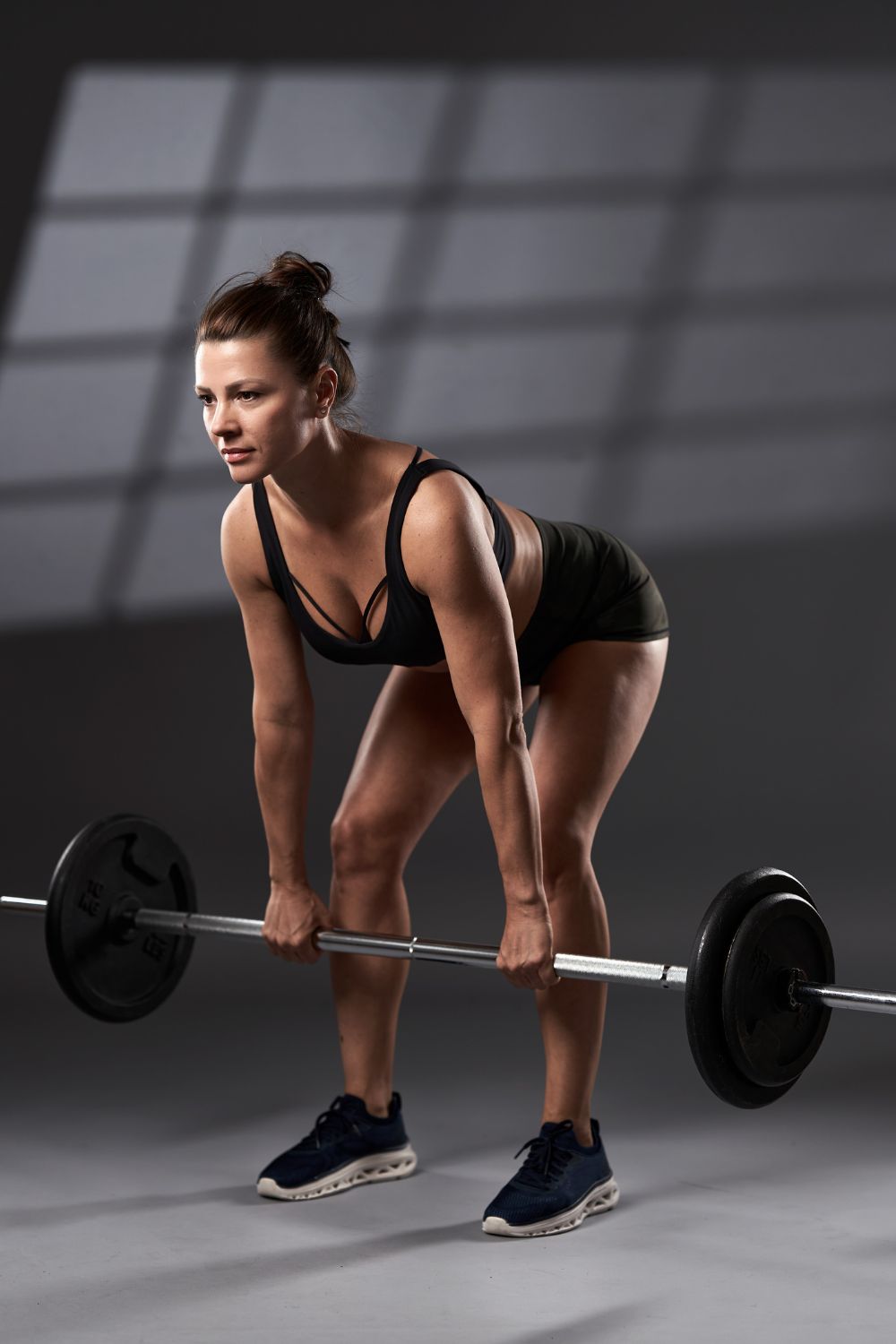Squats are a fantastic exercise, but they can be tricky to master. Many tutorials emphasize the importance of squeezing your glutes (yes, your rear end) during the movement. It’s a cue that’s often misunderstood, leaving many wondering if they’re doing something wrong when they can’t seem to “squeeze” properly.
Understanding Proper Form and Technique
The Squeeze Dilemma
First off, don’t fret if you struggle with this cue. Squeezing the glutes at the top of a squat is a way to engage them fully and ensure proper muscle activation. However, not everyone can easily feel or perform this action due to various reasons, such as muscle imbalances, flexibility limitations, or simply not yet having developed that mind-muscle connection.
The Correct Technique
Proper squat technique involves more than just squeezing your glutes at the top. It starts from the very beginning: your stance, posture, and movement pattern. Here’s a quick guide to ensure you’re on the right track:
- Stance and Posture: Stand with your feet shoulder-width apart or slightly wider, toes pointing slightly outward. Keep your chest up, shoulders back, and maintain a neutral spine throughout the movement.
- Movement: Lower your body by bending your hips and knees, as if you were sitting back into an imaginary chair. Keep your weight on your heels and descend until your thighs are parallel to the ground or slightly below.
- Ascent: Push through your heels and engage your quads and glutes as you return to a standing position. Think about driving your hips forward while maintaining a straight back.
Tips for Improving Glute Engagement
If you’re struggling to feel that squeeze at the top:
- Mind-Muscle Connection: Focus on consciously contracting your glutes as you ascend from the squat. Visualize pushing the ground away with your feet while activating your glutes.
- Pause at the Top: Take a brief pause at the top of the squat. This can help you actively engage and squeeze your glutes before descending into the next repetition.
- Accessory Exercises: Incorporate exercises that specifically target the glutes, like hip thrusts or glute bridges, into your routine. Strengthening these muscles can enhance your ability to engage them during squats.
Remember, everyone’s body is different, and what works for one person might not work the same way for another.
Final Thoughts
The key to mastering squats lies in consistent practice, proper form, and understanding your body’s cues. If you’re uncertain about your technique, consider seeking guidance from a fitness professional who can provide personalized advice tailored to your body and goals.
Don’t be discouraged if you can’t quite nail the glute squeeze right away. With patience and persistence, you’ll gradually improve your form and reap the benefits of this powerful exercise.
For further insights into perfecting your squat form and optimizing your workout routine, check out these valuable resources:
- Squat Form Tips from Bodybuilding.com
- Glute Activation Exercises from Healthline
- Common Squat Mistakes to Avoid by ACE Fitness
Keep squatting and stay committed to your fitness journey!
A tabular comparison
| Aspect | Correct Technique | Incorrect Technique |
|---|---|---|
| Stance | Feet shoulder-width apart or slightly wider. | Feet too close together or uneven positioning. |
| Foot Placement | Toes slightly pointed outward. | Toes pointed inward or outward excessively. |
| Posture | Neutral spine, chest up, shoulders back. | Rounded back, hunched shoulders. |
| Depth | Thighs parallel to the ground or slightly below. | Incomplete depth, not reaching parallel position. |
| Movement Pattern | Hips and knees bend simultaneously. | Bending forward excessively at the waist. |
| Weight Distribution | Centered on heels. | Weight on toes or unevenly distributed. |
| Ascent Technique | Driving through heels, engaging glutes and quads. | Relying solely on quadriceps for ascent. |
| Glute Engagement | Consciously contracting glutes at the top. | Inability to feel or engage glutes effectively. |
| Supportive Muscles | Engaging core muscles throughout the movement. | Lack of core engagement, leading to instability. |
| Common Mistakes | Rushing through the movement, poor form consistency. | Poor balance, leaning too far forward or back. |
This comparison highlights the crucial differences between executing squats with correct and incorrect techniques. Mastering the correct form ensures proper muscle engagement and reduces the risk of injury while maximizing the effectiveness of the exercise.
Final words
In the world of fitness, perfection isn’t the goal; progress is. Whether you’re a beginner or a seasoned gym enthusiast, perfecting squat form takes time and patience. Embrace the journey of refining your technique—it’s where the magic happens.
Remember, it’s not about squeezing your glutes perfectly or ticking off every box in the technique checklist. It’s about showing up, being mindful of your movements, and listening to your body. Small improvements compound into significant gains over time.
Stay consistent, seek guidance when needed, and celebrate every step forward, no matter how small. Squats aren’t just about building strength; they’re about building resilience, determination, and a healthier you.
So, keep squatting, keep learning, and keep growing stronger—one squat at a time. Your fitness journey is unique, and every effort counts toward becoming the best version of yourself. Cheers to your squatting success!

Hey there, it’s Mike Rrsq, the Editor-in-Chief over at Jsquat.com, and I’m absolutely obsessed with all things squat fitness! I’ve been lucky enough to get some serious recognition for my work in this field. With a solid background in the fitness and wellness industry, I’ve been there right from the get-go, helping shape this website into what it is today.
You see, I’m not just the boss around here; I’m also a passionate contributor. I love sharing my insights through my articles, and trust me, they’re not your run-of-the-mill stuff. Each piece I write is a labor of love, filled with my expertise and real-world experience in the fitness universe. So, if you’re into fitness and looking for some inspiration, you’re in the right place!

